As the world becomes increasingly globalised, the importance of intercultural communication is placed squarely in the spotlight. With this context, Peking University HSBC Business School – UK Campus (PHBS-UK) held its inaugural 2-day residential Intercultural Communication Training Programme for businesses and multi-national corporations. The goal of the training programme is to incorporate theory with practice – the first day saw the participants listening to management consultants and professors talking about the theories on which intercultural communication sit, and the second day saw our participants were engaging with business leaders in discussion about the best practices in intercultural communication.
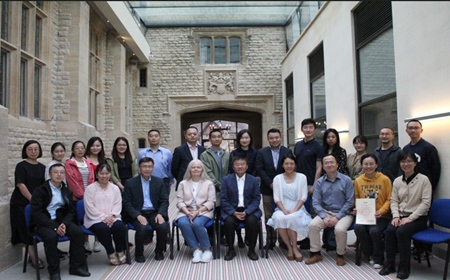
Intercultural communication is a process that creates a shared experience between different individuals from different cultures, backgrounds, and languages. This is the ethos that our first speaker – Ms Kasia Lanucha (Intercultural Training and Coach at the University of Cambridge) – focused on during her session. During her talk, Ms Lanucha stressed how the understanding of ‘professionality at work’ is often biased by one’s experience of how it should look like. She introduced concepts on how to become more effective when communicating across cultures and used practical examples to illustrate how to explore cultural models to understand what the various differences are in shared values, attitudes, and beliefs, which are potential minefields in causing misunderstandings and conflicts in a multicultural workplace.
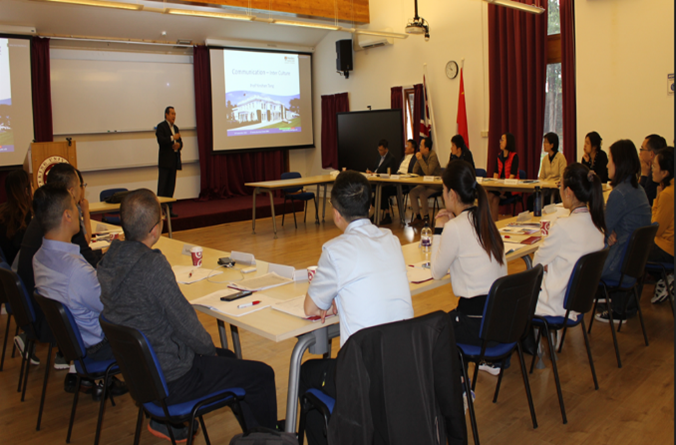
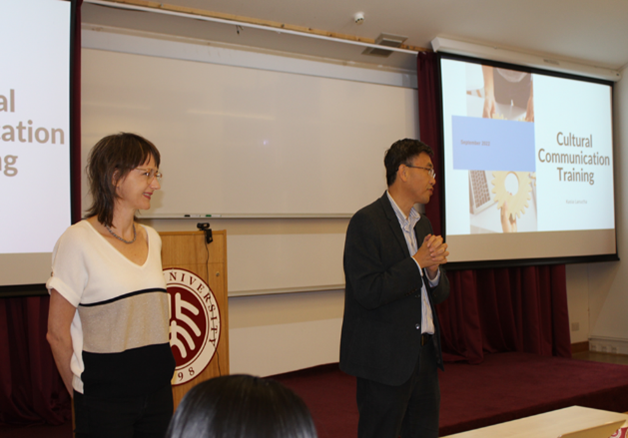
Intercultural communication is equally important in person, on the phone, and via text messages and emails. It is crucial in fostering existing client relationships and improving internal communication within a diverse intercultural team. This is the focus of Professor George Zhang’s – Richmond, the American University in London) – talk on written communication. From inward-facing workplace relationships, to outward-facing client relationships, it is necessary to be aware of the barriers to intercultural communication, and in doing so, positively impact business communication. Professor Zhang discussed how the language barrier can be the most intimidating barriers in intercultural communication and shared how these barriers can be overcome from a language perspective.
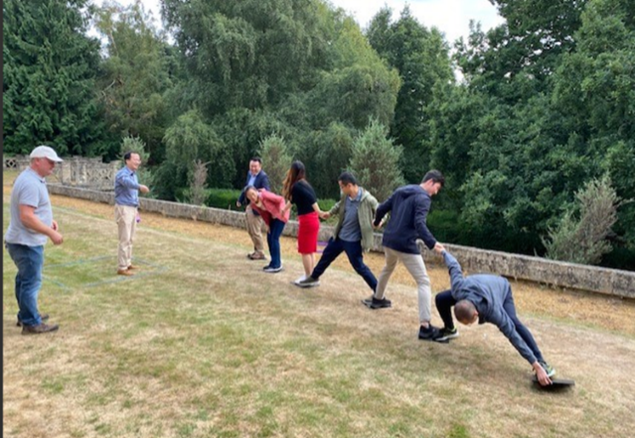

Intercultural written communication is considered by many the biggest cause of miscommunication in the workplace. Emails are now the de-facto mode of communication amongst colleagues and clients. However, emails lack body language and visual cues. Couple that with language barriers, navigating emails is akin to traversing a minefield. Thus it is necessary for participants in our training course to have practical examples on how to manage intercultural communication in writing. Dr Carryn Yong – a linguist expert at Peking University HSBC Business School – talks about the various pitfalls in email communication and offers suggestions on how to manage expectations, assert opinions and address various different situations tactfully.

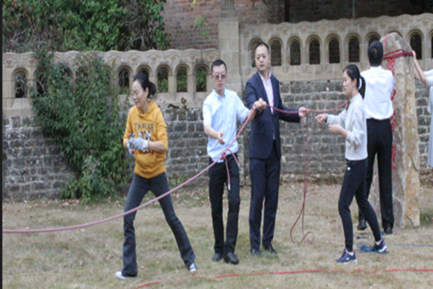
In order to have effective communication with people from different cultural backgrounds, it is necessary to have a common understanding, common interest, and common contextual information. Only then, can one build a mutually respected working environment. In his talk, Professor Yinshan Tang – Henley Business School – shared his experiences on how to build trust and respect between people working in the same environment. It was an interactive talk where Prof Tang invited participants to raise examples of their own situations for discussion and provided suggestions on how to resolve conflict in the workplace and build trust amongst colleagues.
The final section and highlight of our intercultural training was a sharing session led by entrepreneur Dr Baoli Zhao – founder and CEO of Allsee Technologies. As we all know, it is challenging to manage members of staff from different cultures and backgrounds. To facilitate the sharing session, Dr Zhao shared his personal experience of working with and managing staff in the intercultural environment and invited the participants to talk about their personal experiences, both good and bad, of the various key cultural differences that they have encountered. Dr Zhao led a very interactive discussion and all of our participants gained much knowledge and expertise in bridging the cultural divide to create a positive and motivating atmosphere in the workplace.


No training session would be complete without a team building exercise. At the end of the training programme, PHBS UK invited all participants to incorporate what they have learned into practice by having them work together as a team to solve challenging but fun problems. Participants get to work together and brainstorm ways to rescue dinosaurs from an island surrounded by burning lava, and help each other remember where the mines are in the garden. The participants were inventive and creative. Most importantly, they worked together regardless and often in spite of their cultural differences which was the main goal of the intercultural training programme. It is with great hopes that our participants will continue to use the skills and techniques that they have learned in this intercultural training course to better their relationships with their colleagues, clients, and business partners!








